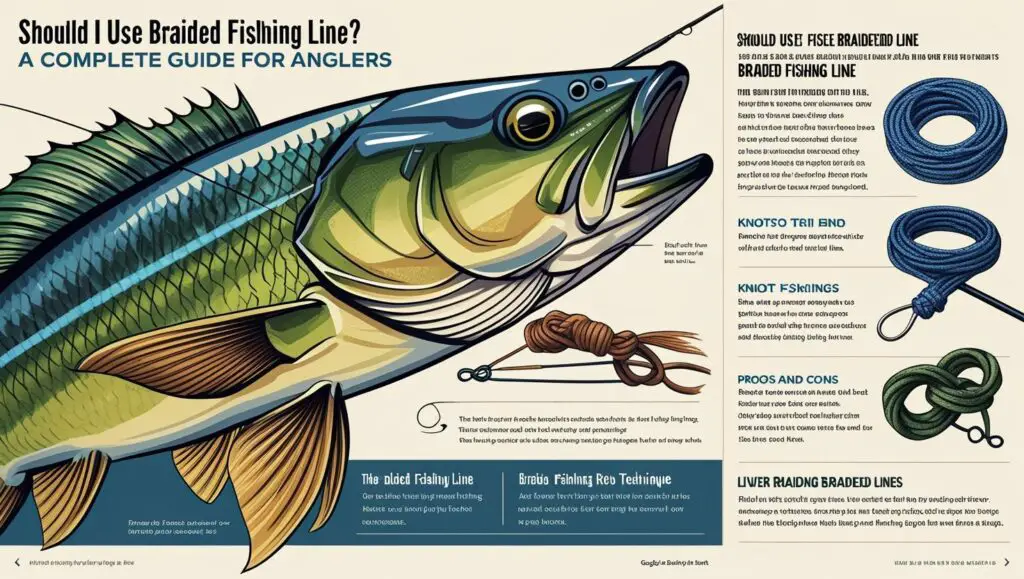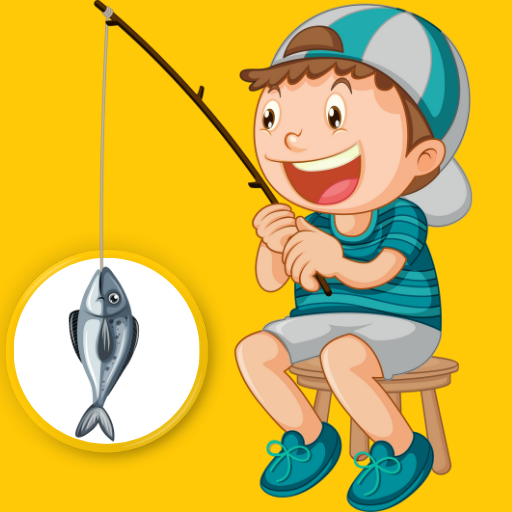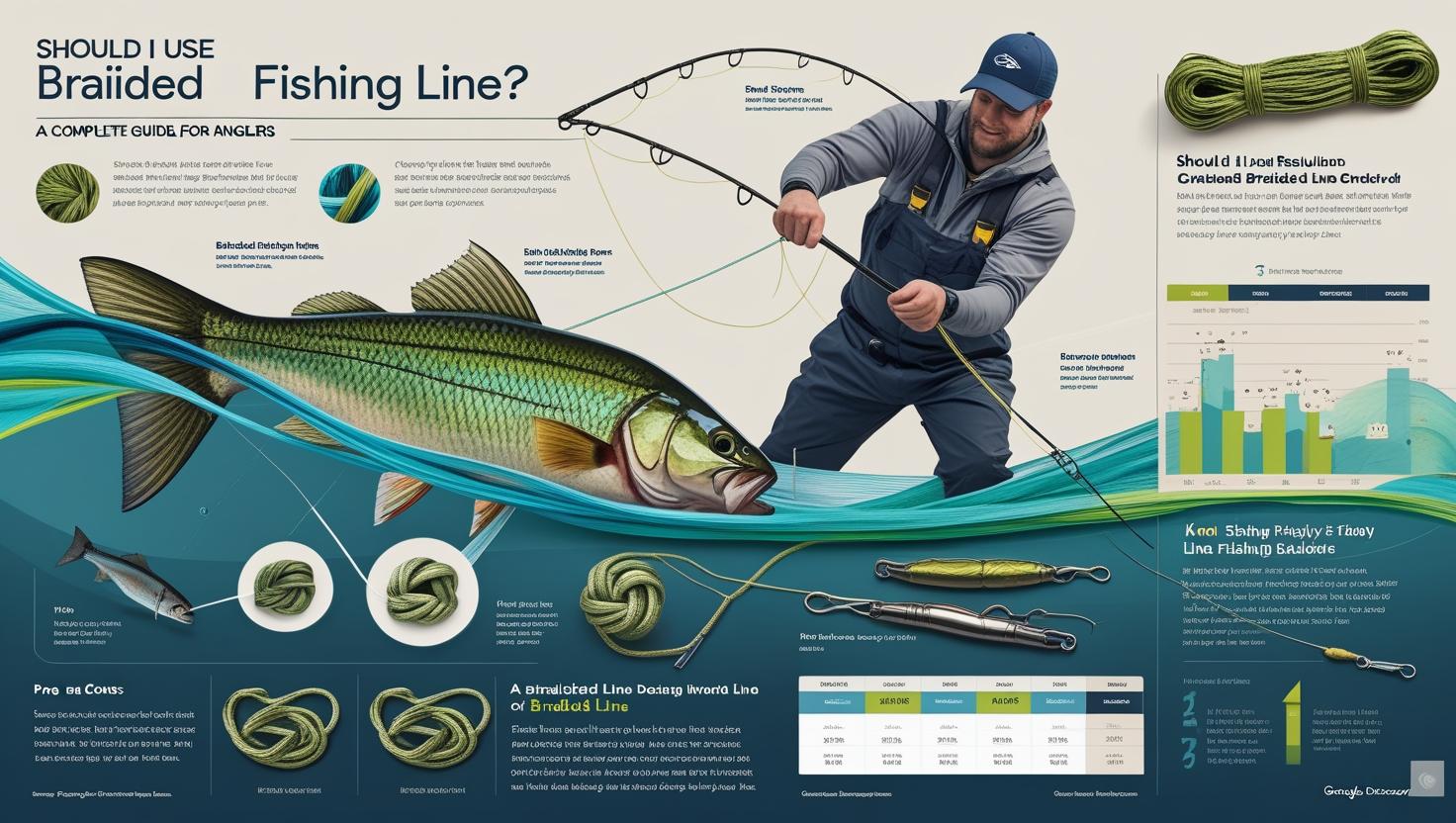When it comes to selecting the best fishing line, the decision can dramatically affect your angling success. One of the most frequently asked questions by both novice and experienced anglers is: Should I use braided fishing line? In this comprehensive guide, we dive deep into the pros, cons, applications, and recommendations for using braided fishing line, ensuring you have all the information needed to make the right choice for your next fishing trip.
What Is Braided Fishing Line?
Braided fishing line is made from multiple strands of synthetic fibers—typically Spectra or Dyneema—woven together to create a thin, durable, and extremely strong line. Unlike monofilament or fluorocarbon lines, braided lines offer a smaller diameter for the same pound test, allowing for greater spool capacity and longer casts.

Advantages of Using Braided Fishing Line
1. Unmatched Strength-to-Diameter Ratio
Braided lines are incredibly strong for their size. A 20 lb braided line may have the same diameter as a 6 lb monofilament, making it an ideal choice for deepwater fishing or situations that require long casts with heavier lures or baits.
2. Superior Sensitivity
One of the most valuable characteristics of braided line is its lack of stretch. This translates to exceptional sensitivity, allowing anglers to detect the slightest nibbles or bottom structure. This feature is especially useful for bass fishing, jigging, or finesse techniques where bite detection is critical.
3. Long Casting Distance
Thanks to its smooth texture and low diameter, braided line excels in casting long distances. Whether you’re surf fishing, casting into the wind, or trying to reach fish holding offshore, braided line can help you get there.
4. Excellent Abrasion Resistance
Braided lines are known for their abrasion resistance, making them perfect for fishing in heavy cover, such as lily pads, rocks, or sunken trees. This durability helps prevent line breakage and increases your chances of landing large, aggressive species.
5. Longevity and Durability
Unlike monofilament, which degrades over time due to UV exposure, braided lines tend to last significantly longer. With proper care, braided fishing lines can remain effective for years, offering great value for money.
Disadvantages of Braided Fishing Line
1. Visibility in Clear Water
One of the most cited drawbacks is that braided line is highly visible in clear water. Fish can be line-shy, particularly in pressured environments. To mitigate this, many anglers use a fluorocarbon leader to combine the benefits of both line types.
2. Knots Can Slip or Fail
Due to its slick texture, braided line can be difficult to knot securely. Special knots like the Palomar or Double Uni are often recommended. Failing to tie the correct knot can lead to knot slippage and lost fish.
3. Line Dig-In on the Spool
Braided line can dig into itself on the spool, especially when under high tension. This can affect casting and cause backlashes. To prevent this, it’s advisable to use reels with braid-ready spools or lay down a monofilament backing.
4. Risk of Equipment Damage
Braided line is extremely thin and strong, which means it can be harsh on guides, reels, and fingers. It’s critical to use braid-compatible equipment and handle the line with care to avoid injury or damage.
Best Use Cases for Braided Line
Saltwater Fishing
Braided line performs exceptionally well in saltwater environments due to its strength, durability, and casting distance. It’s a favorite among anglers targeting striped bass, redfish, snook, or tuna.
Freshwater Fishing in Heavy Cover
If you’re targeting largemouth bass in thick vegetation, braided line is a must. Its abrasion resistance and pulling power make it easier to yank fish out of matted grass or timber.
Deep Drop and Vertical Jigging
For deep-sea species like grouper or snapper, the sensitivity and low stretch of braided line allow anglers to feel bites at extreme depths, improving hookup rates.
Topwater Fishing
Surprisingly, braided line is a solid choice for topwater baits. Its buoyancy helps lures stay on the surface, while its lack of stretch provides a quicker hookset.

Choosing the Right Pound Test for Braided Line
| Application | Recommended Pound Test |
|---|---|
| Panfish / Crappie | 10–15 lb |
| Bass / Walleye | 20–30 lb |
| Pike / Musky | 40–65 lb |
| Inshore Saltwater Species | 30–50 lb |
| Offshore Big Game Species | 65–100+ lb |
When choosing pound test, always factor in the target species, type of cover, and fishing technique. Heavier braid is ideal for punching mats, while lighter braid works well for finesse presentations.
Tips for Using Braided Line Effectively
- Always Wet the Knot: When tying knots with braid, wet them to reduce friction and ensure a tighter, more secure bind.
- Use Leader Line: Attach a fluorocarbon or monofilament leader using a Double Uni Knot or FG Knot to reduce visibility and increase abrasion resistance.
- Check Rod and Reel Compatibility: Use equipment designed to handle braided line, especially guides and spools.
- Avoid Overfilling the Spool: Leave a small gap to prevent line dig-in and reduce the risk of backlash.
- Re-spool Occasionally: Even though braid lasts long, it’s still important to re-spool periodically for best performance.
When Not to Use Braided Line
There are specific scenarios where braided line might not be the ideal choice:
- Clear, pressured waters where fish are line-sensitive.
- Beginner anglers who might struggle with managing backlash or knot tying.
- Trolling applications, where line stretch is sometimes beneficial for reducing lure pull.
Final Verdict: Should You Use Braided Fishing Line?
Yes, braided fishing line is an excellent choice for most fishing scenarios, offering superior strength, sensitivity, casting distance, and durability. However, like any gear, its effectiveness depends on how and where it’s used. By understanding its strengths and limitations, and pairing it with the right leaders and techniques, you can make the most out of what braided line has to offer.


Leave a Reply